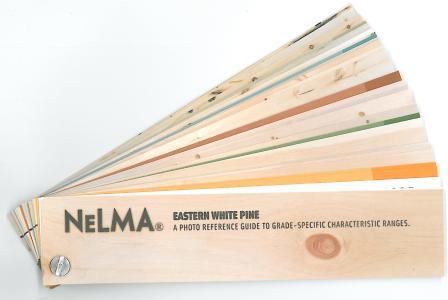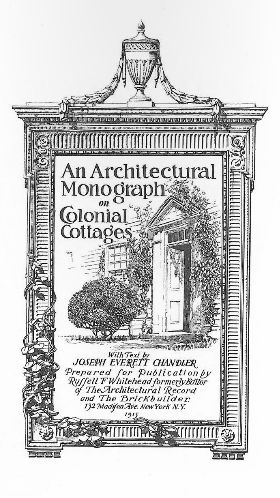Try as you might with warm stains and shellacs, you can never quite replicate the beautiful aged glow that comes with very particular growing conditions along with centuries of foot traffic, steaming tea kettles, and winter fires roaring in the hearth. True ‘pumpkin pine’ is elusive, developing on its own as if from some alchemical combination of fine quality wood and the passage of time.
What’s known as ‘pumpkin pine’ is actually Eastern White Pine that has been carefully prepared and stored, turning a striking shade of orange on its own over a period of decades. Slow-growing pine trees in old-growth forests are thought to accumulate colored products in the heartwood.
These warm tones are brought out by tucking sawn boards between layers of straw for aging, and wiping them down and turning them every two years. The process isn’t complete until the workers who initially prepared the wood are long gone – a whopping seventy years.
Homes with original pumpkin pine flooring can still be found throughout New England, and antiques – like the blanket chest pictured above – occasionally become available at auction. The true pumpkin pine that can be found for sale in lumber form is typically reclaimed from demolished historic structures. It’s never stained – just protected with a clear coat of wax or oil.
Staining Eastern White Pine to mimic this nuanced look might not produce exactly the same effect, but it does result in a welcoming antique feel. See Hull Forest’s pumpkin-stained wood floors, above, for an example.





